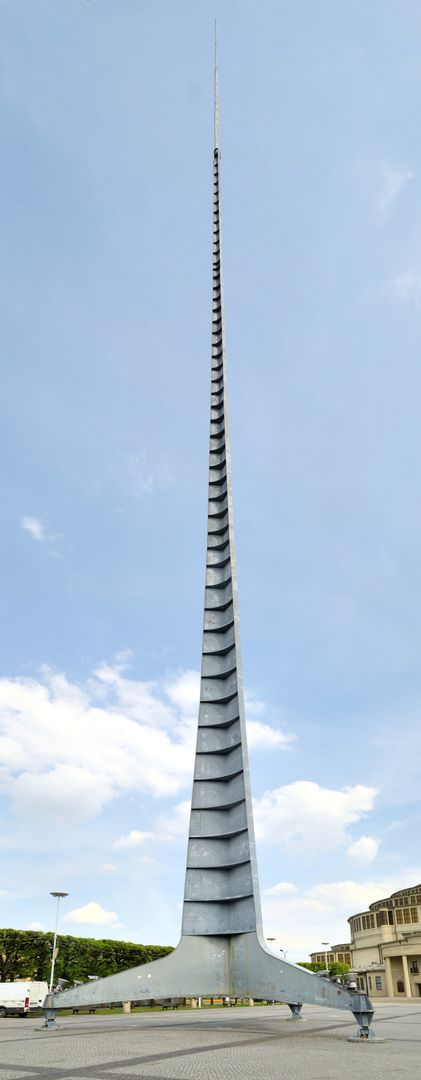Needle
7.17

Overview
The Small Iglica, designed by Wrocław sculptor Adam Wyspiański, was installed in 1996 in Solny Square in Wrocław as a stylized architectural accent, resembling a flame or a stalagmite. The Iglica, a steel structure standing 90.3 meters tall, was originally much higher, measuring 106 meters before its first renovation in 1964. It was erected in 1948 on the occasion of the Recovered Territories Exhibition, and its designer was Prof. Eng. Stanisław Hempel. The Iglica held symbolic and political significance, representing the rebirth of life in the Recovered Territories. Its construction utilized steel girders and advanced tensioning techniques, and its pinnacle was adorned with a shield of mirrors intended to create light effects at night. Despite damage caused by a storm shortly after its assembly, the Iglica became an important landmark and symbol of Wrocław. Throughout its history, the Iglica has been the site of notable events, such as a climb to its summit during martial law, the attachment of a Tibetan flag in a gesture of solidarity, and the painting of the structure by Roman Kałuża in 1997. The Iglica has undergone several restorations that affected its final height, as confirmed during measurements in 2016. Today, it is one of the most distinctive elements of Wrocław's architecture, featured in the logos of many organizations and institutions. Its unique form and history attract both residents and tourists, making it an integral part of the city's identity.
Location
Tickets
Powered by GetYourGuide
2025 Wizytor | All Rights Reserved